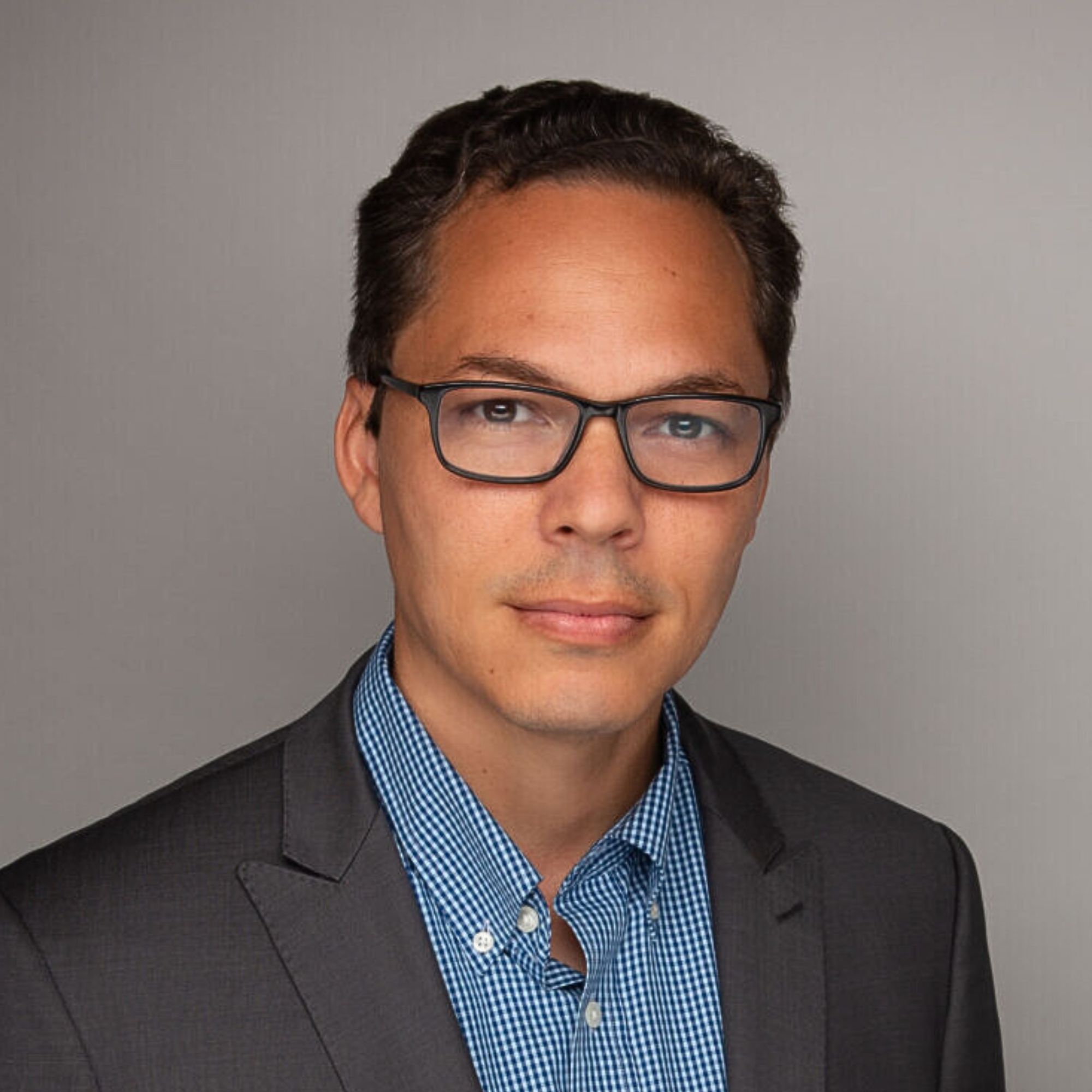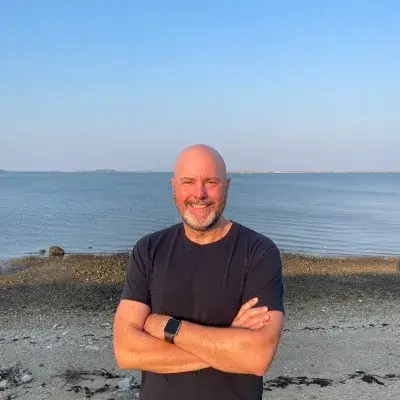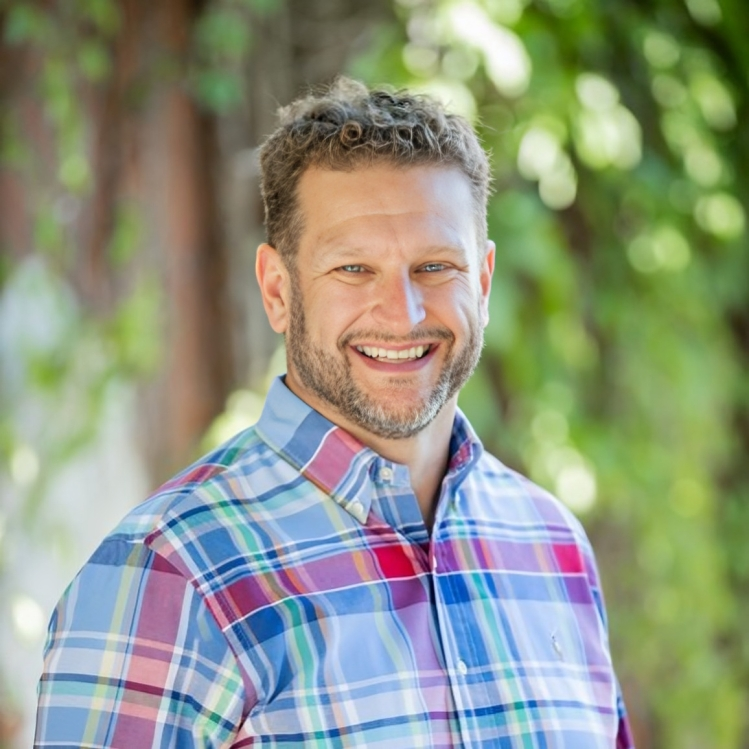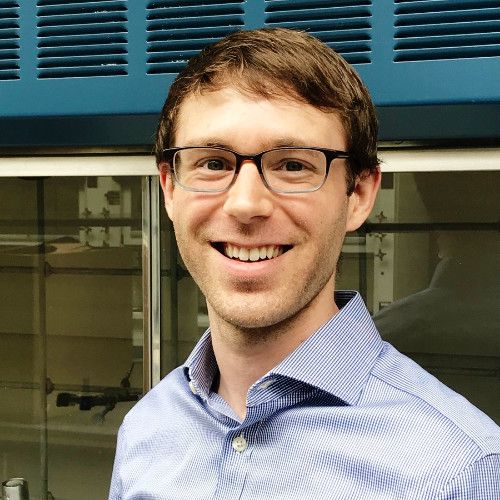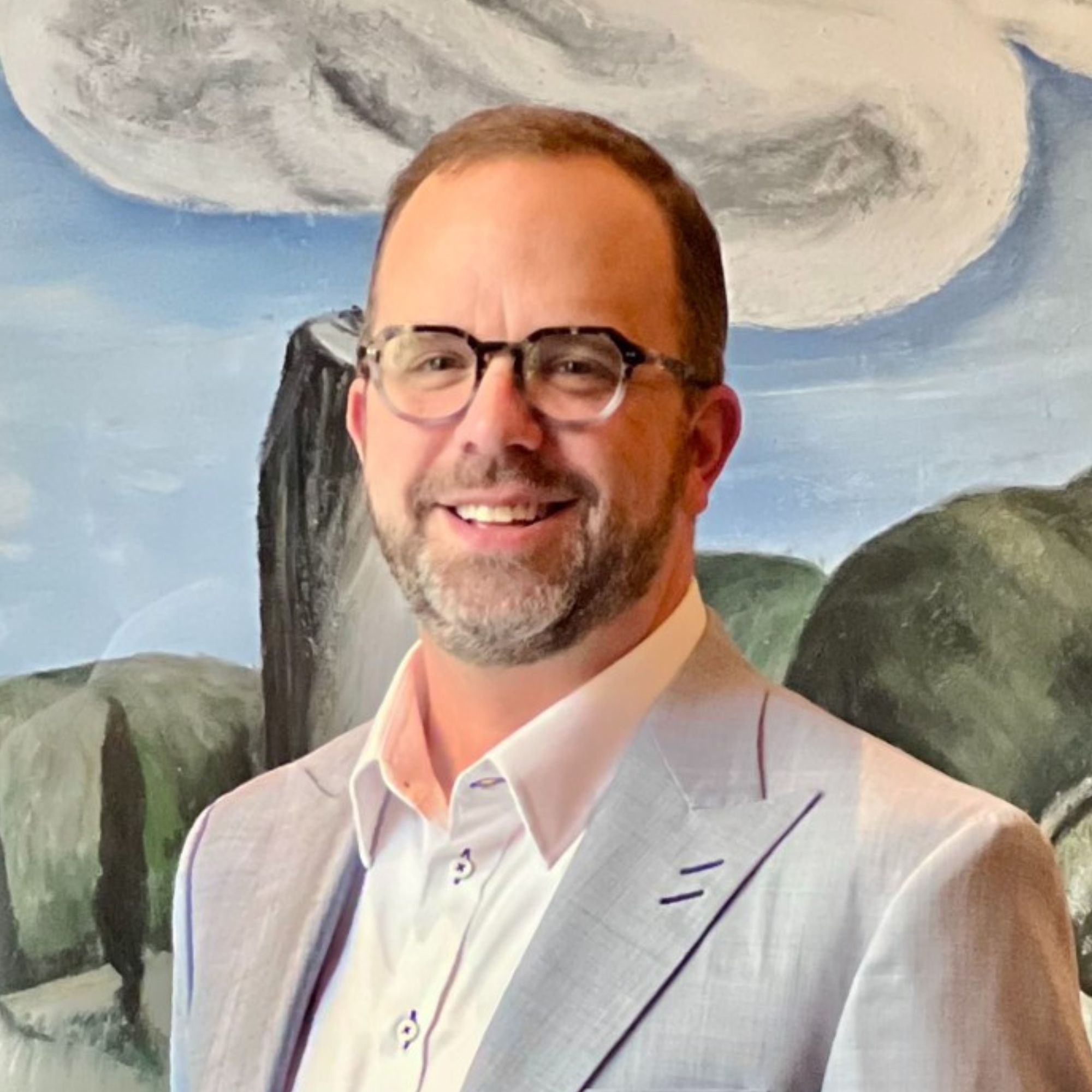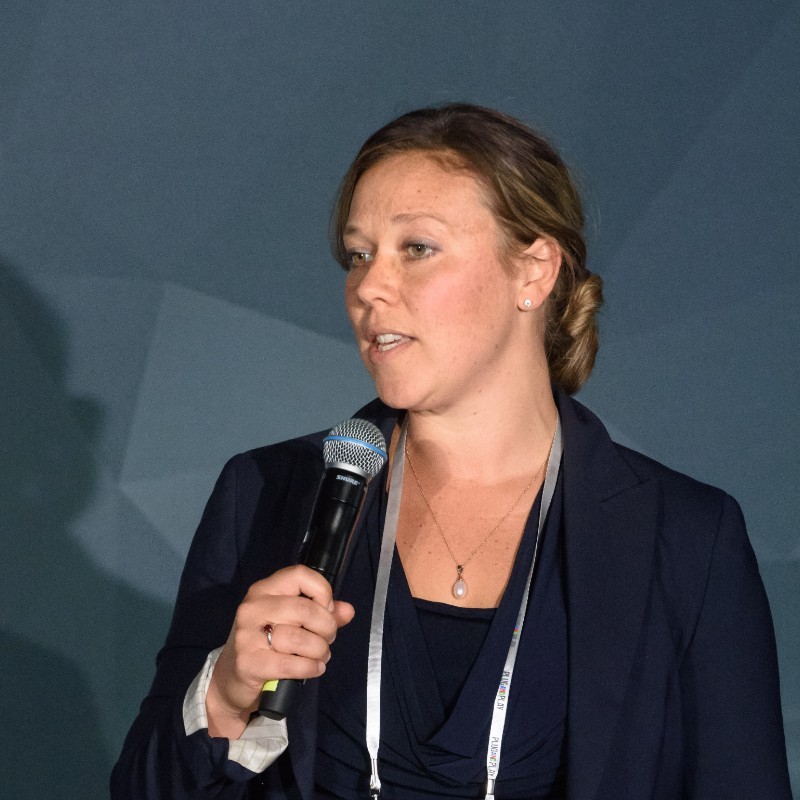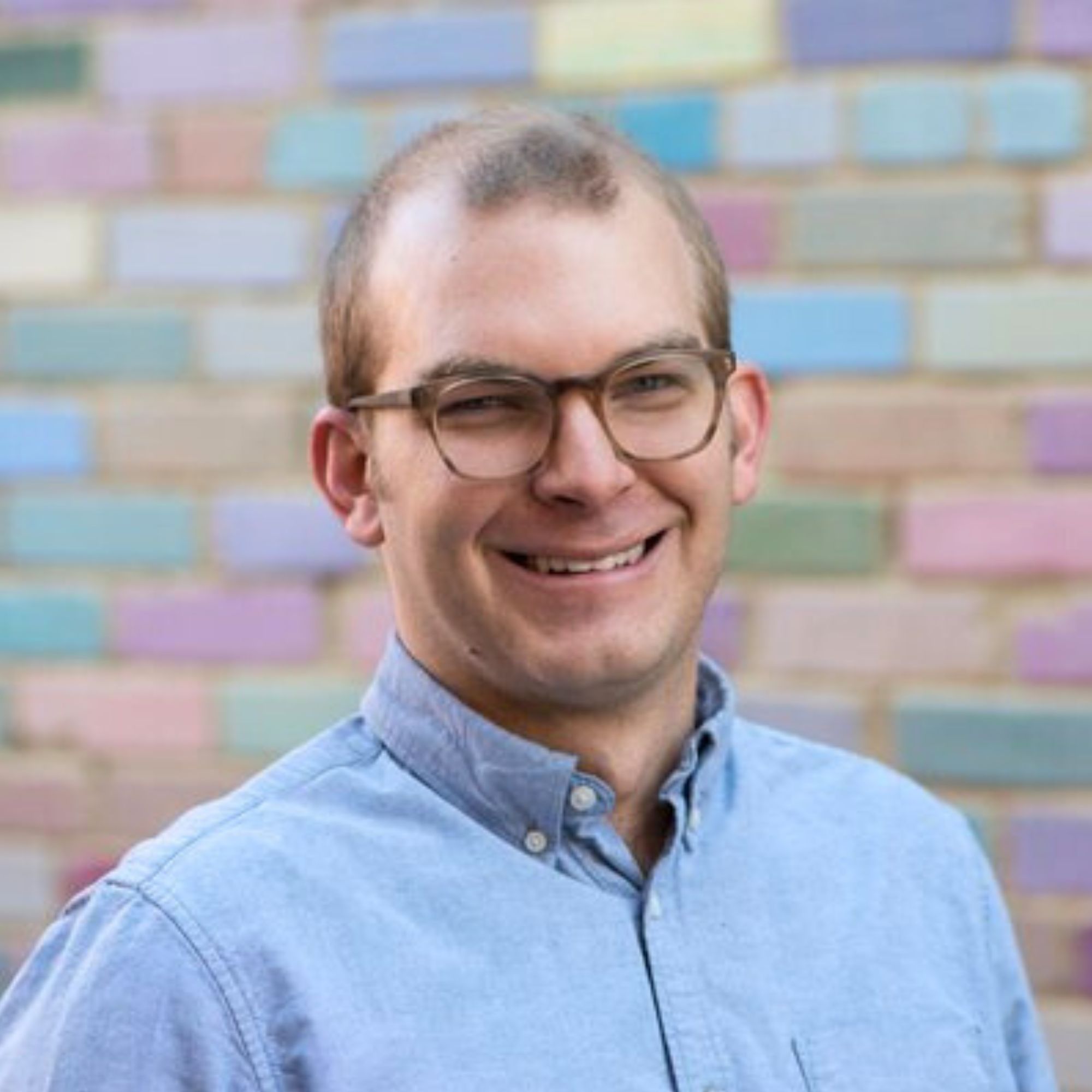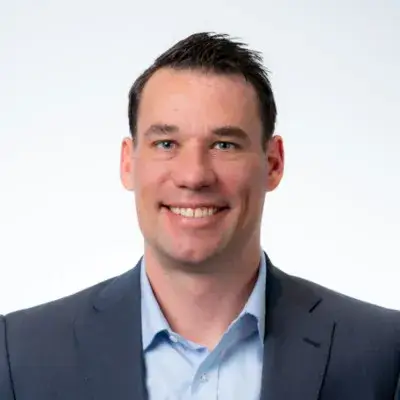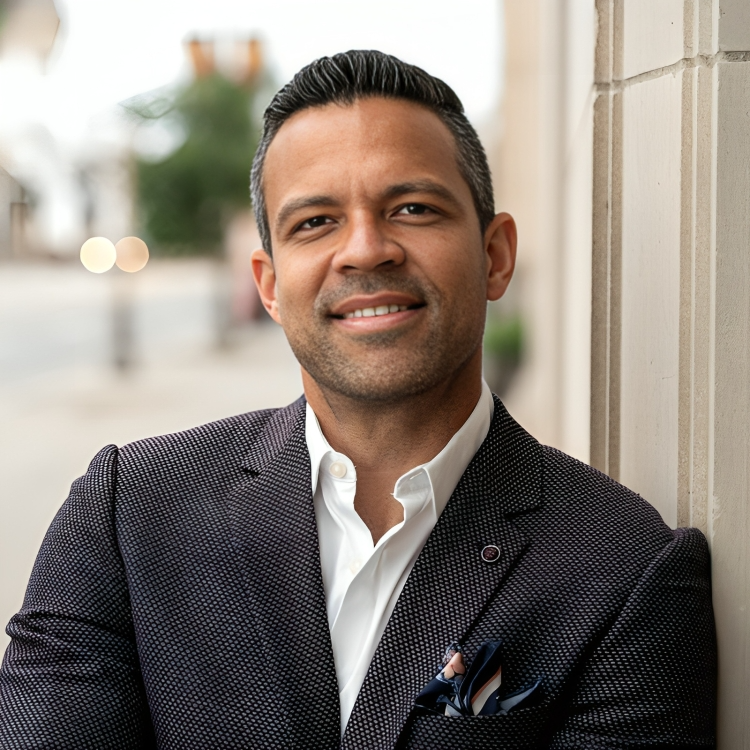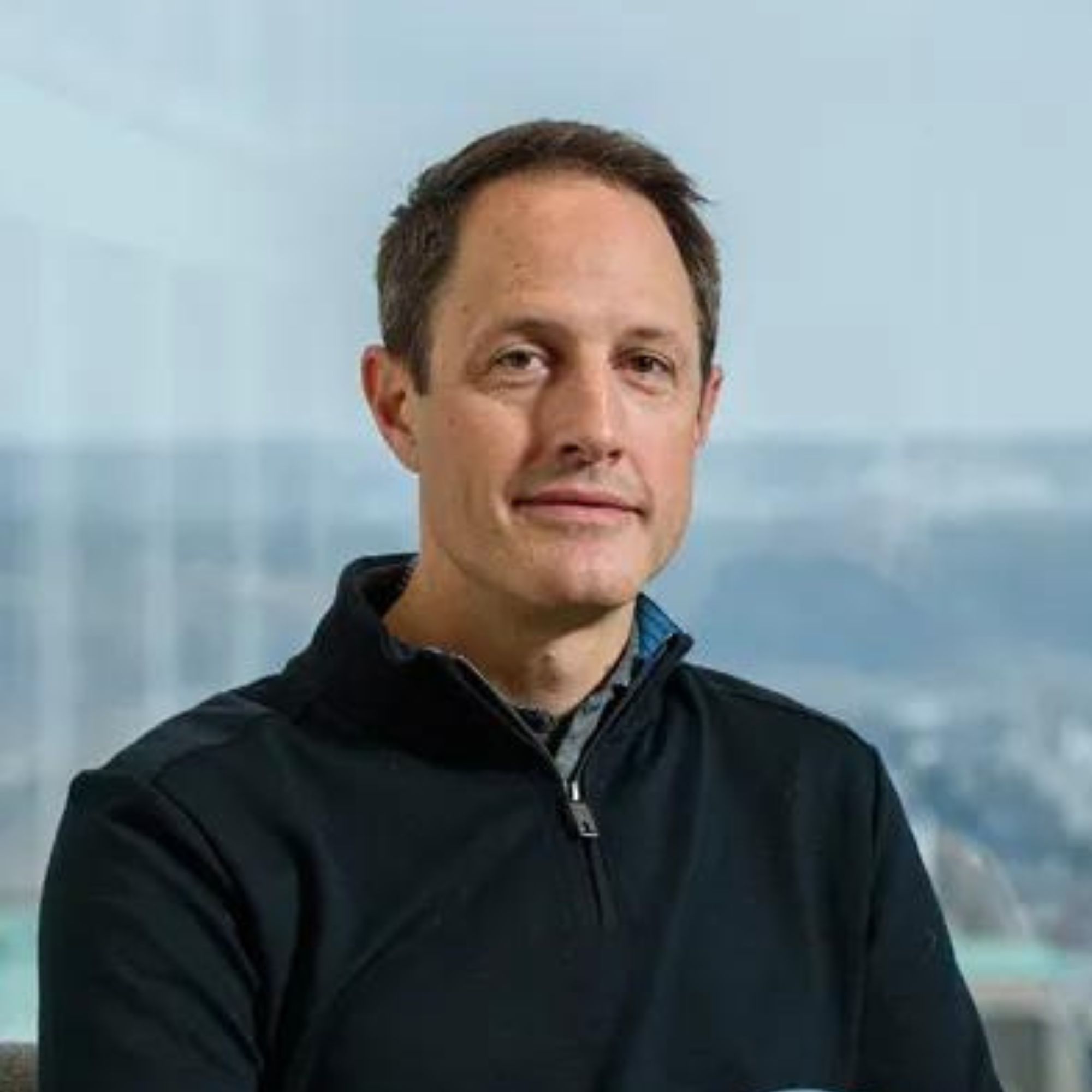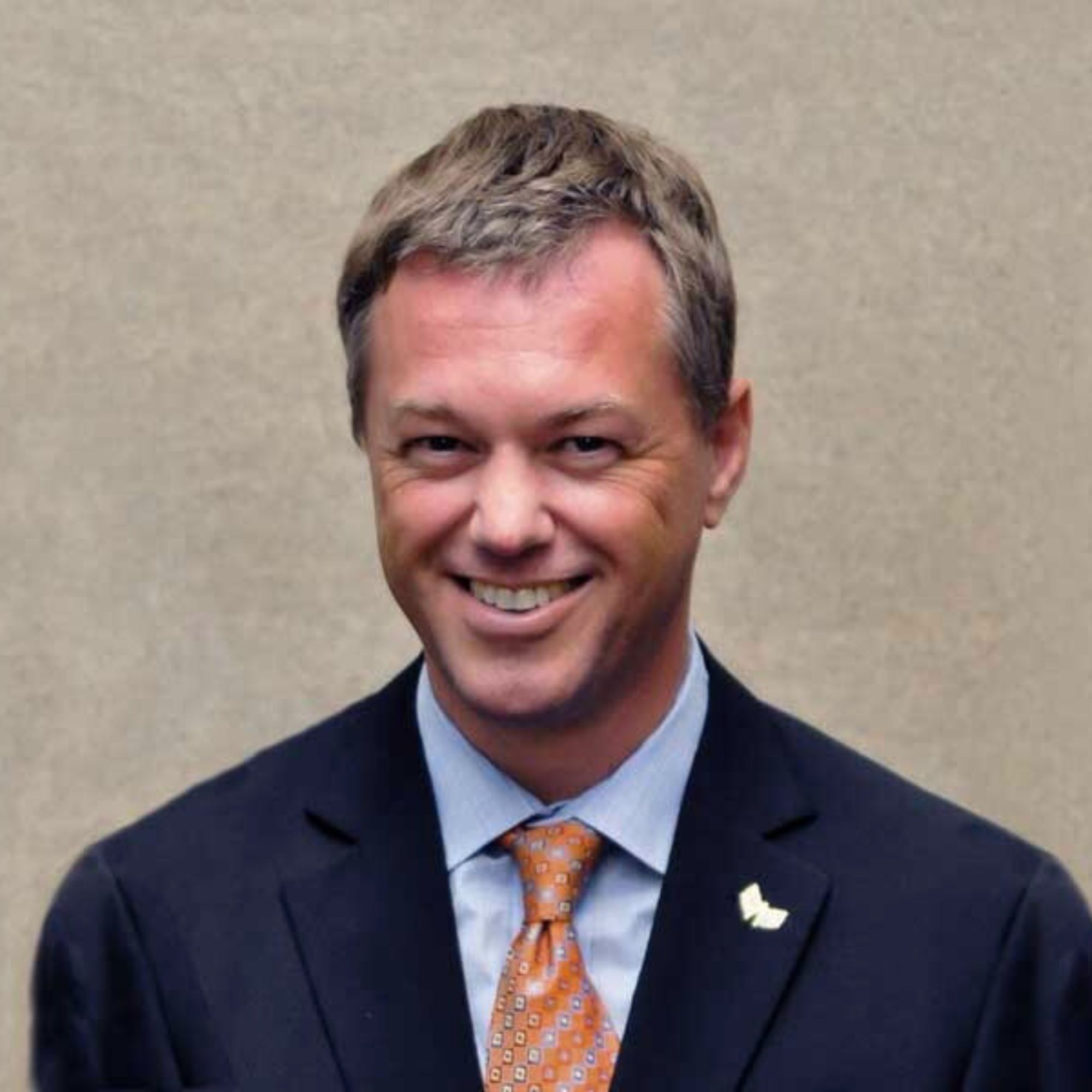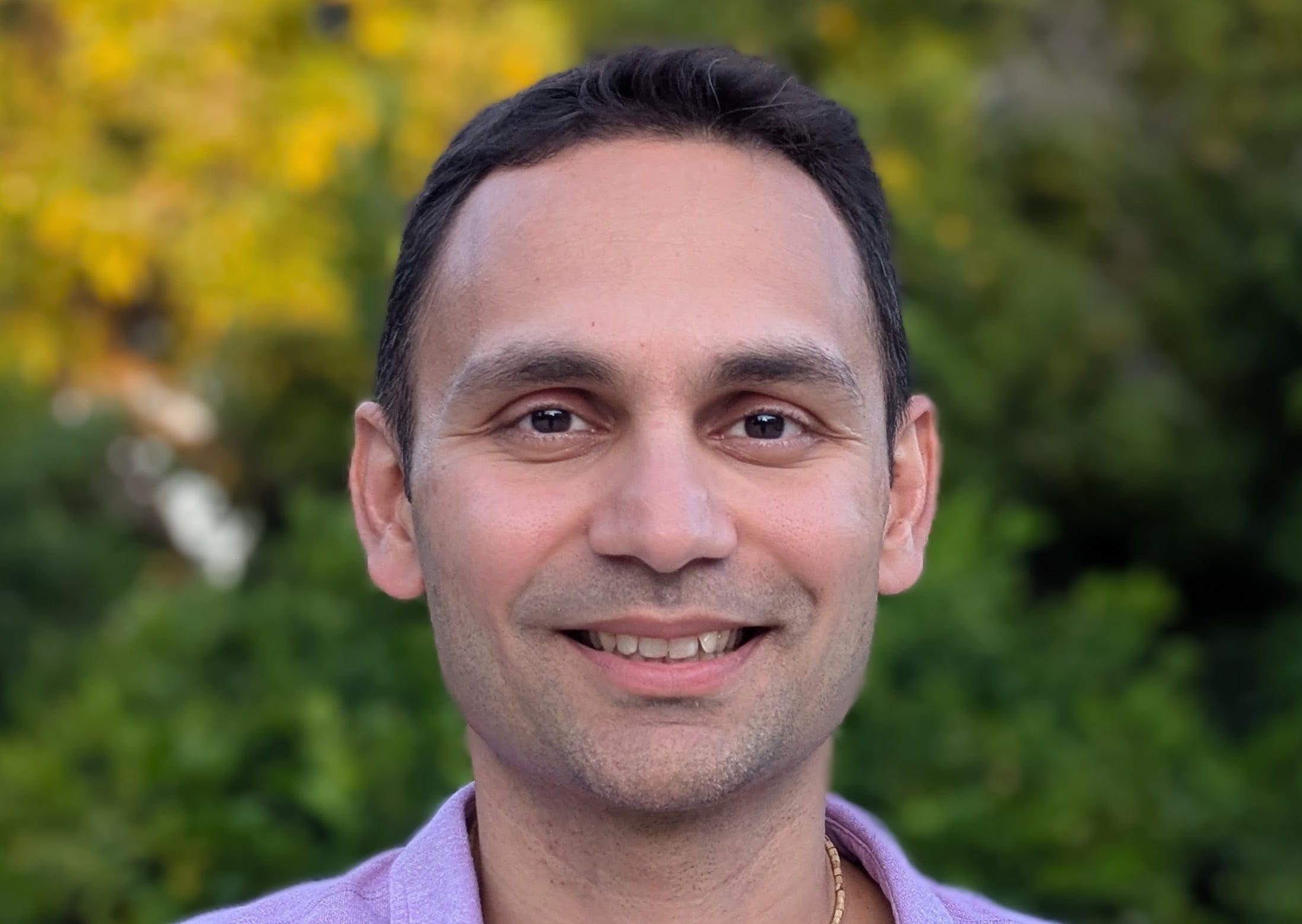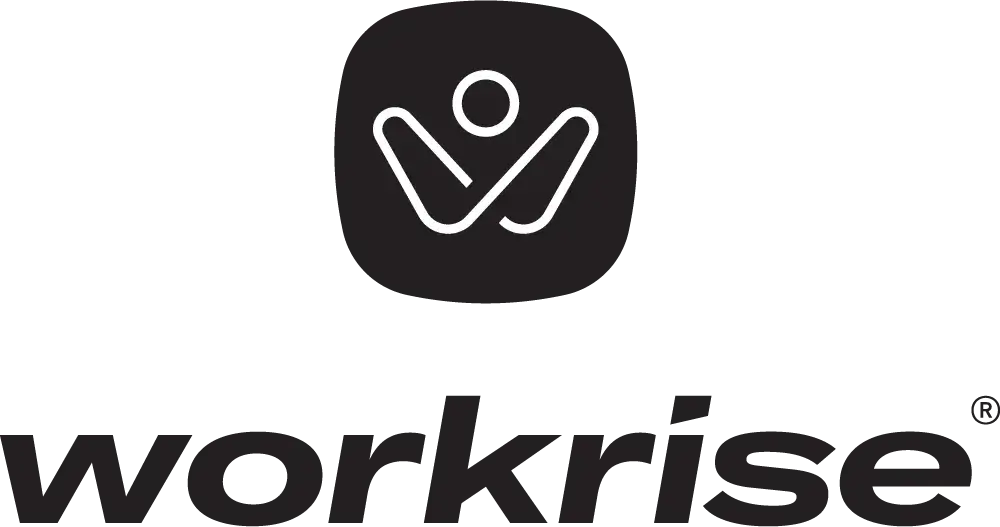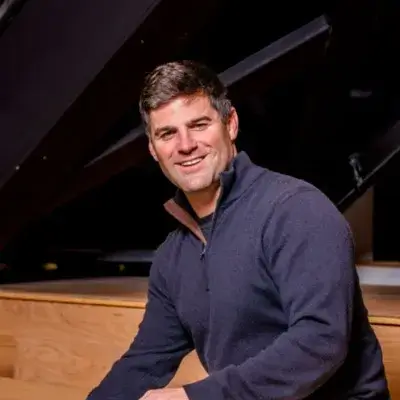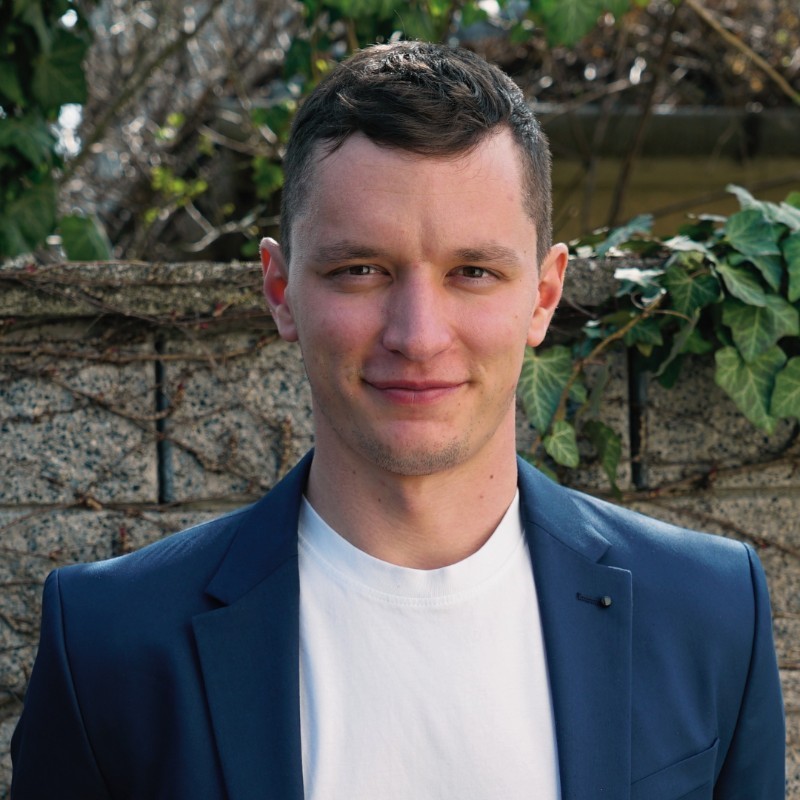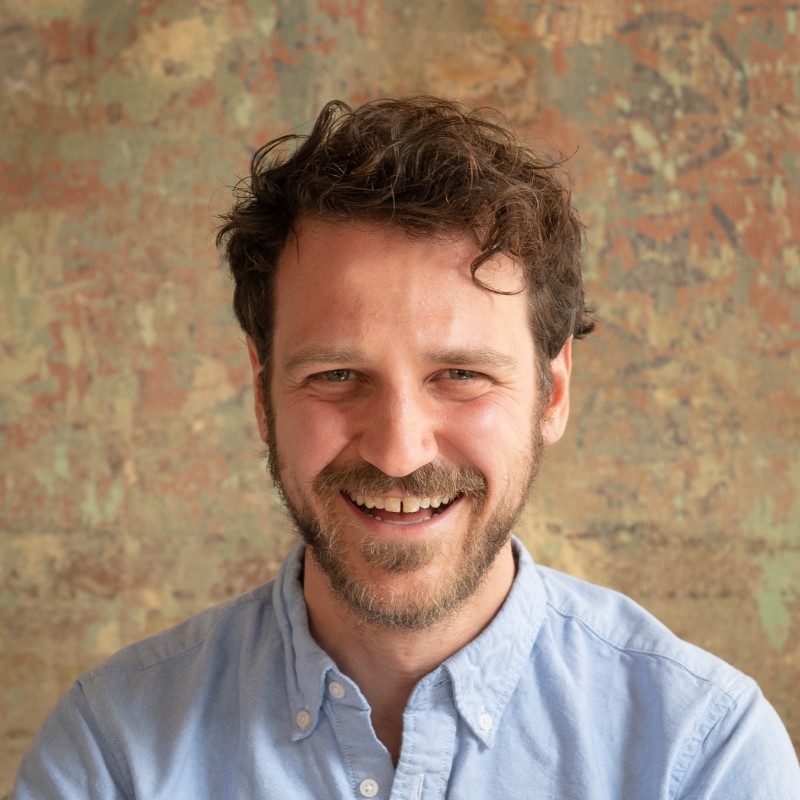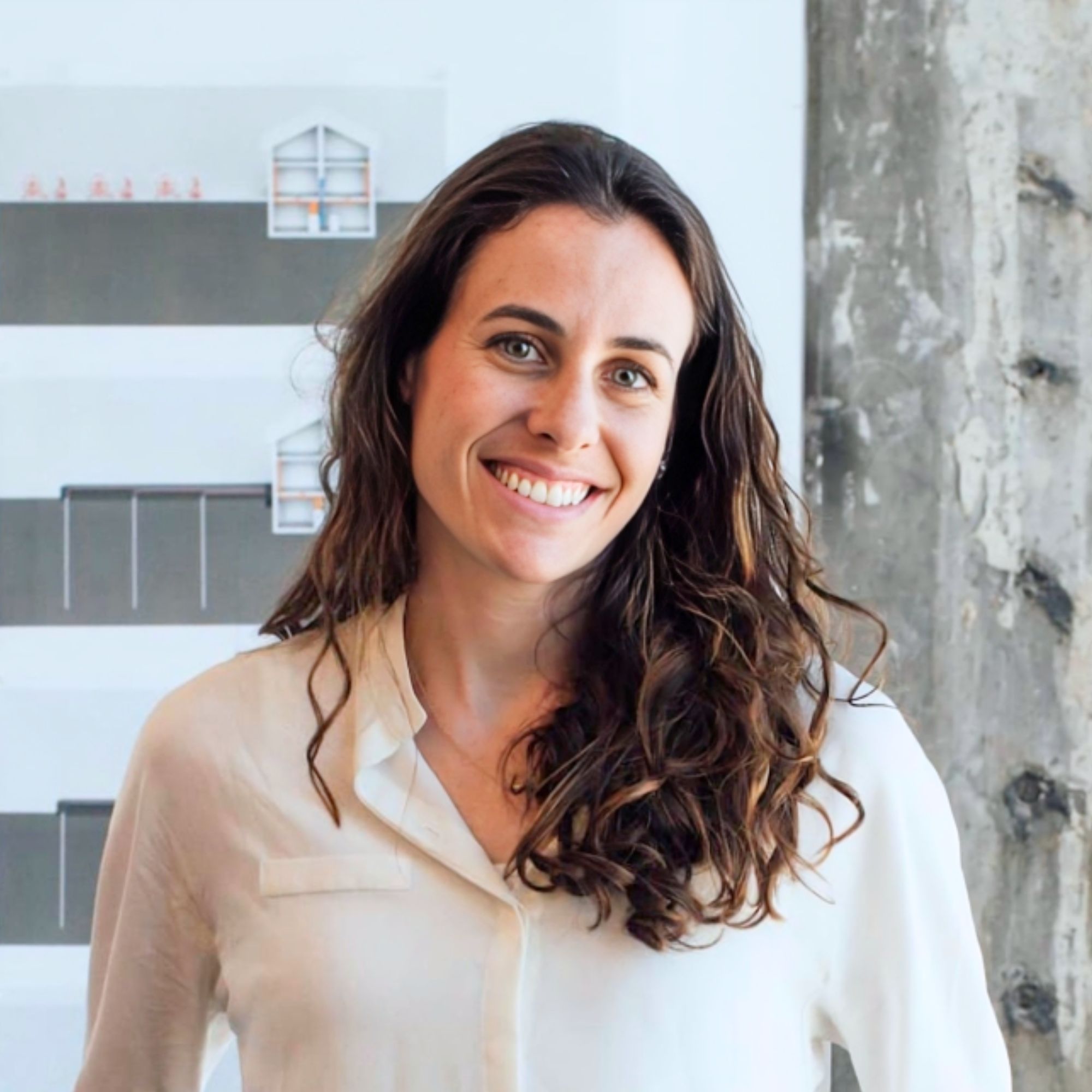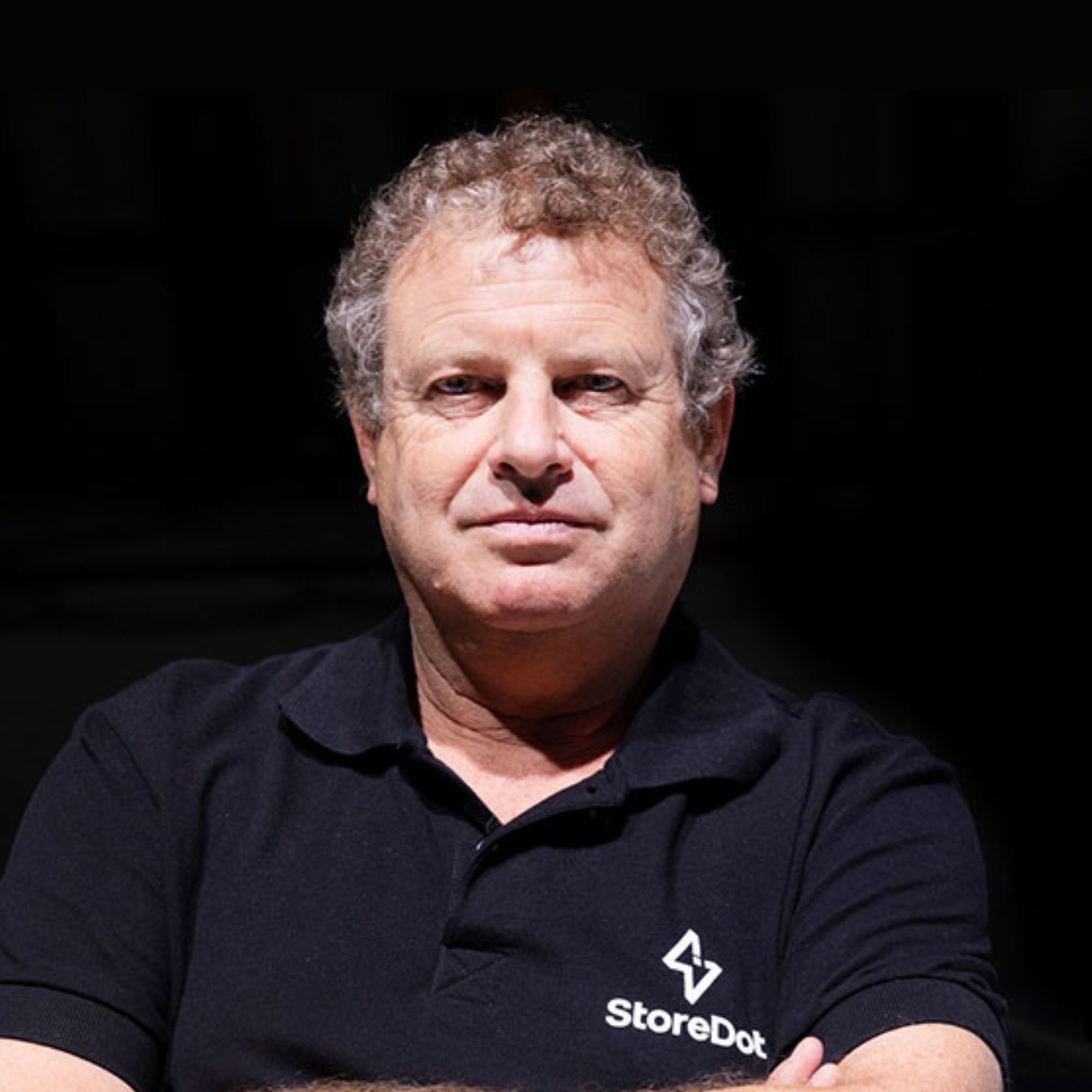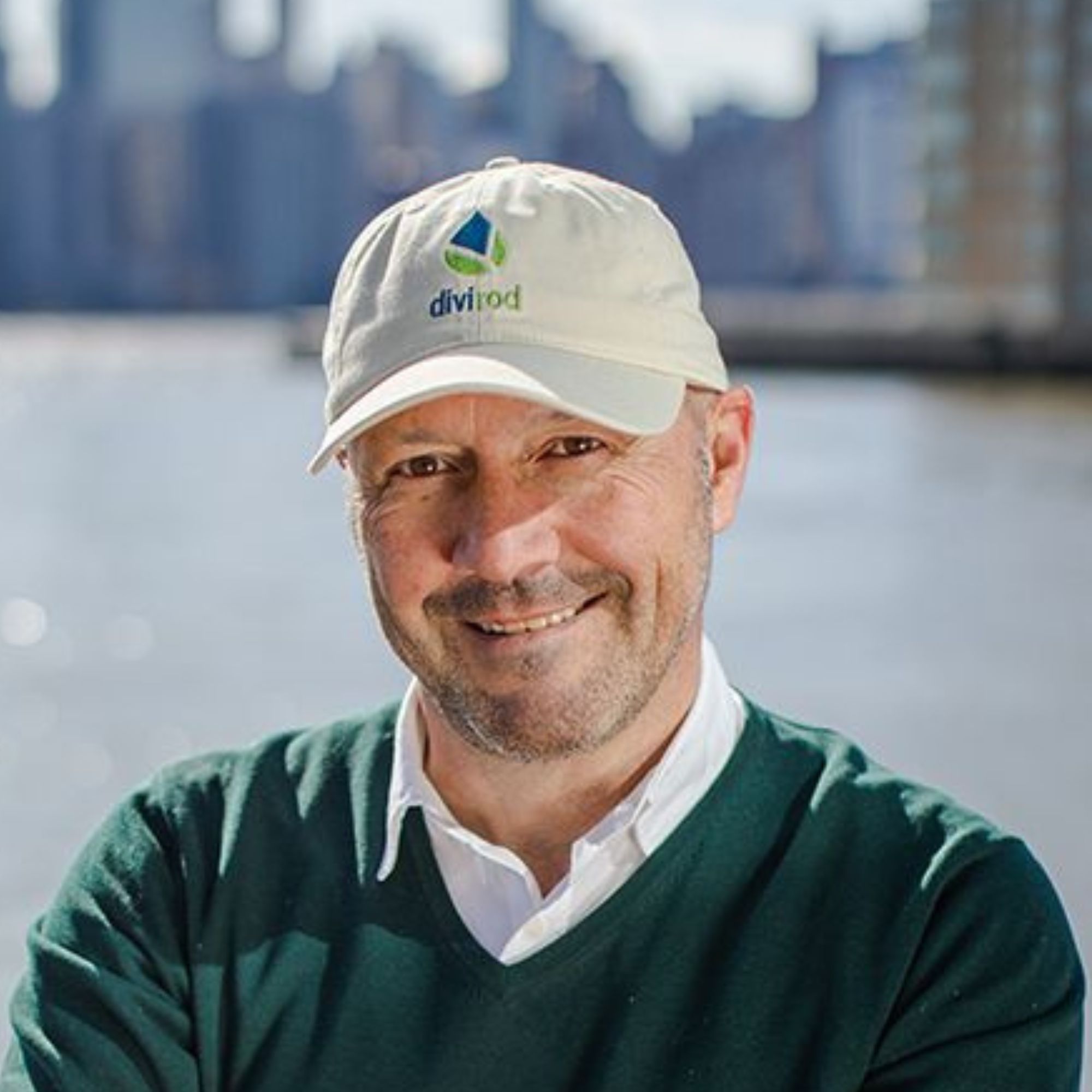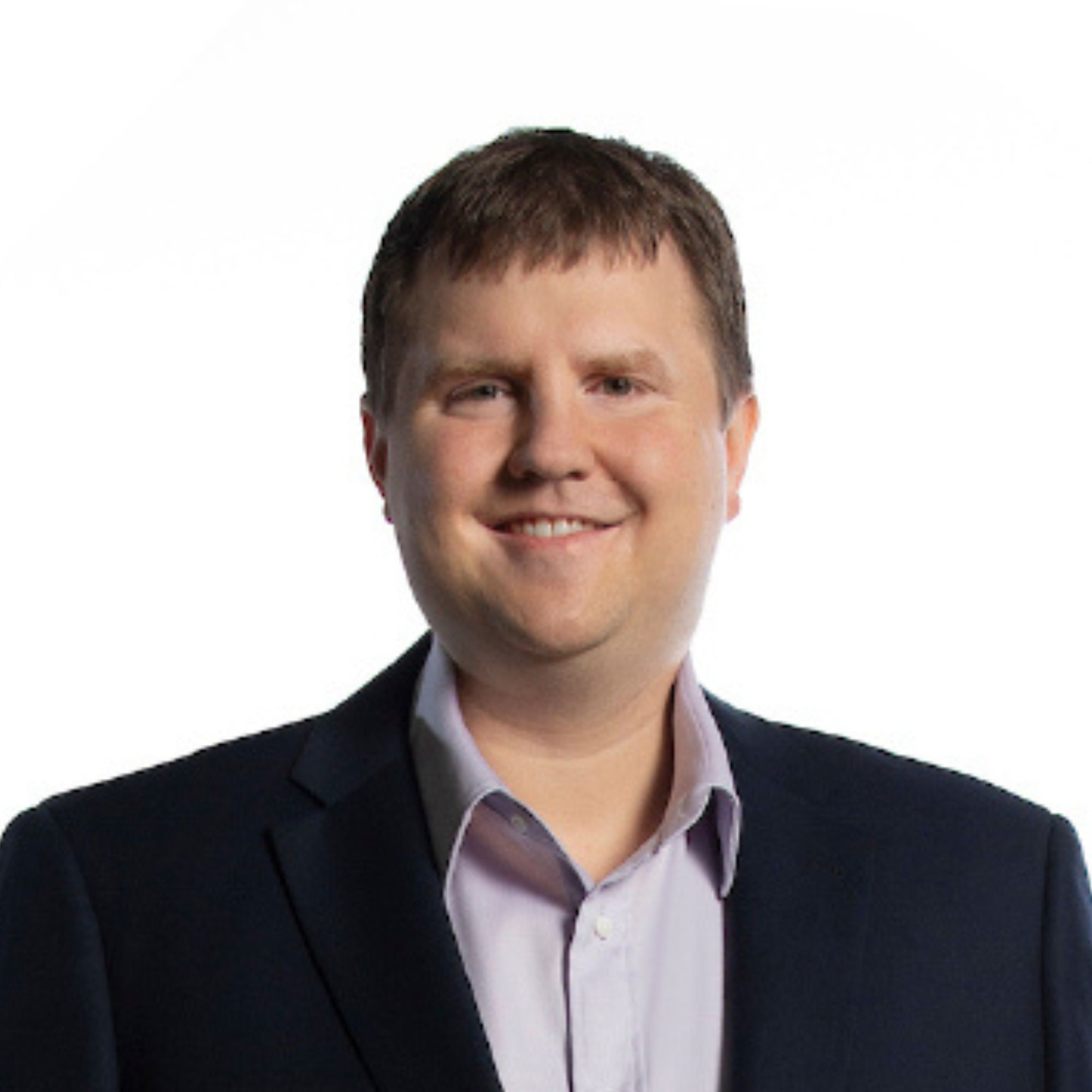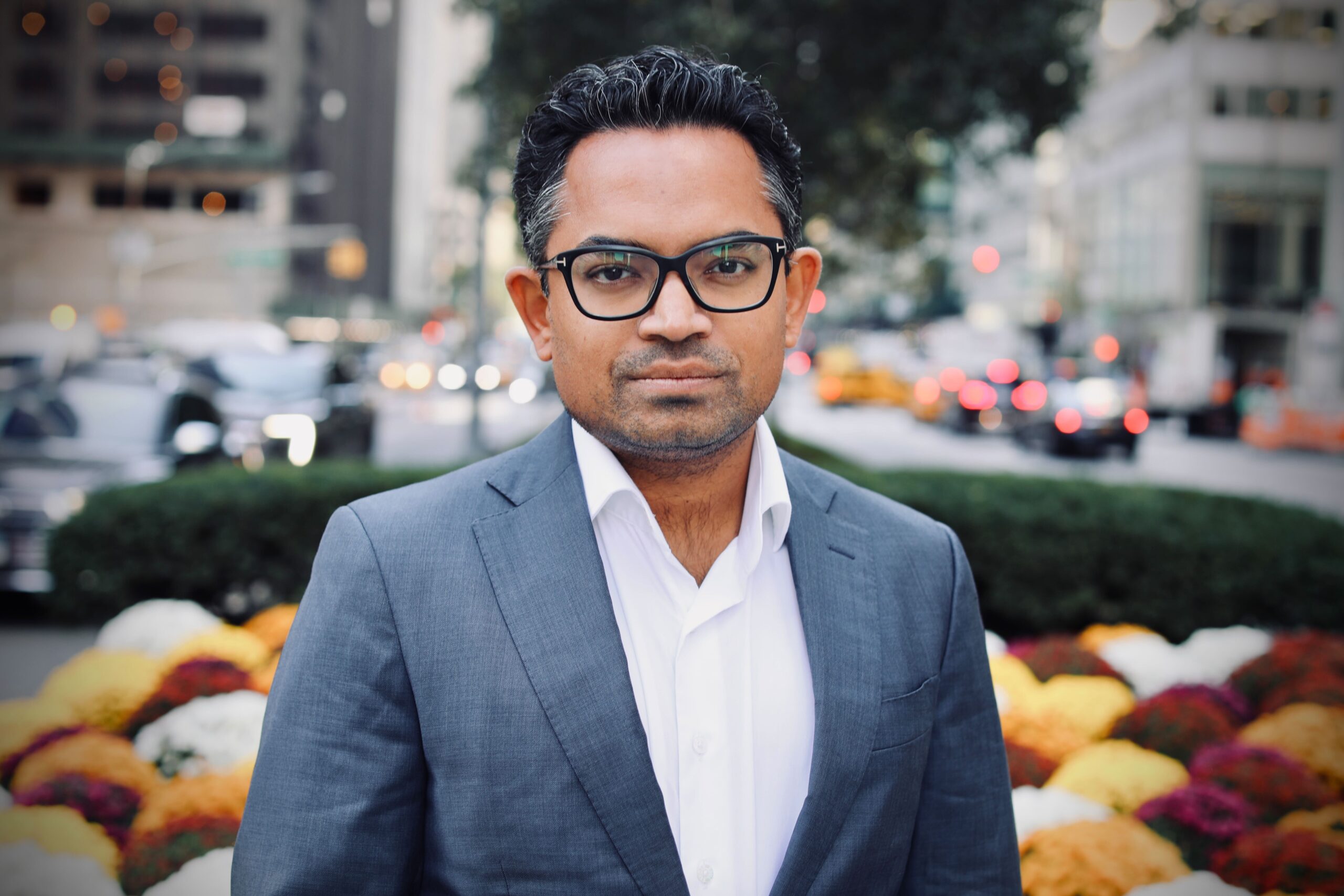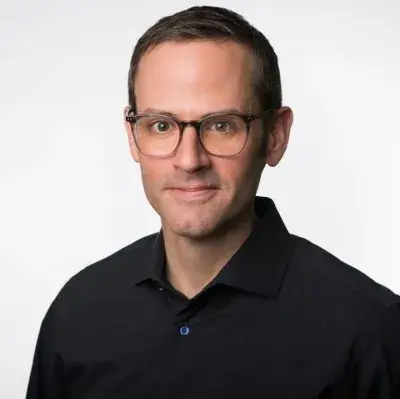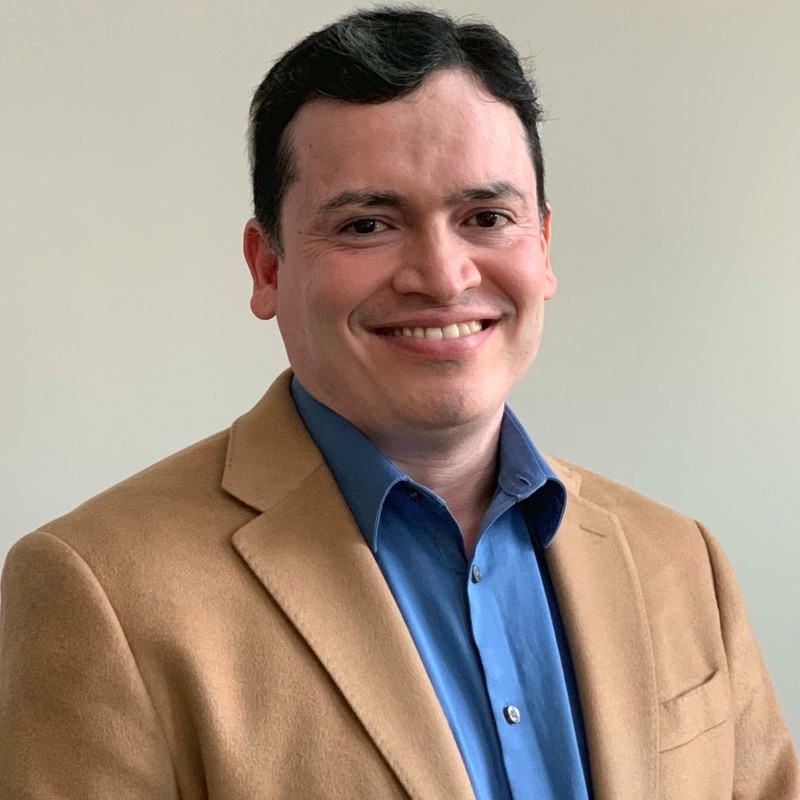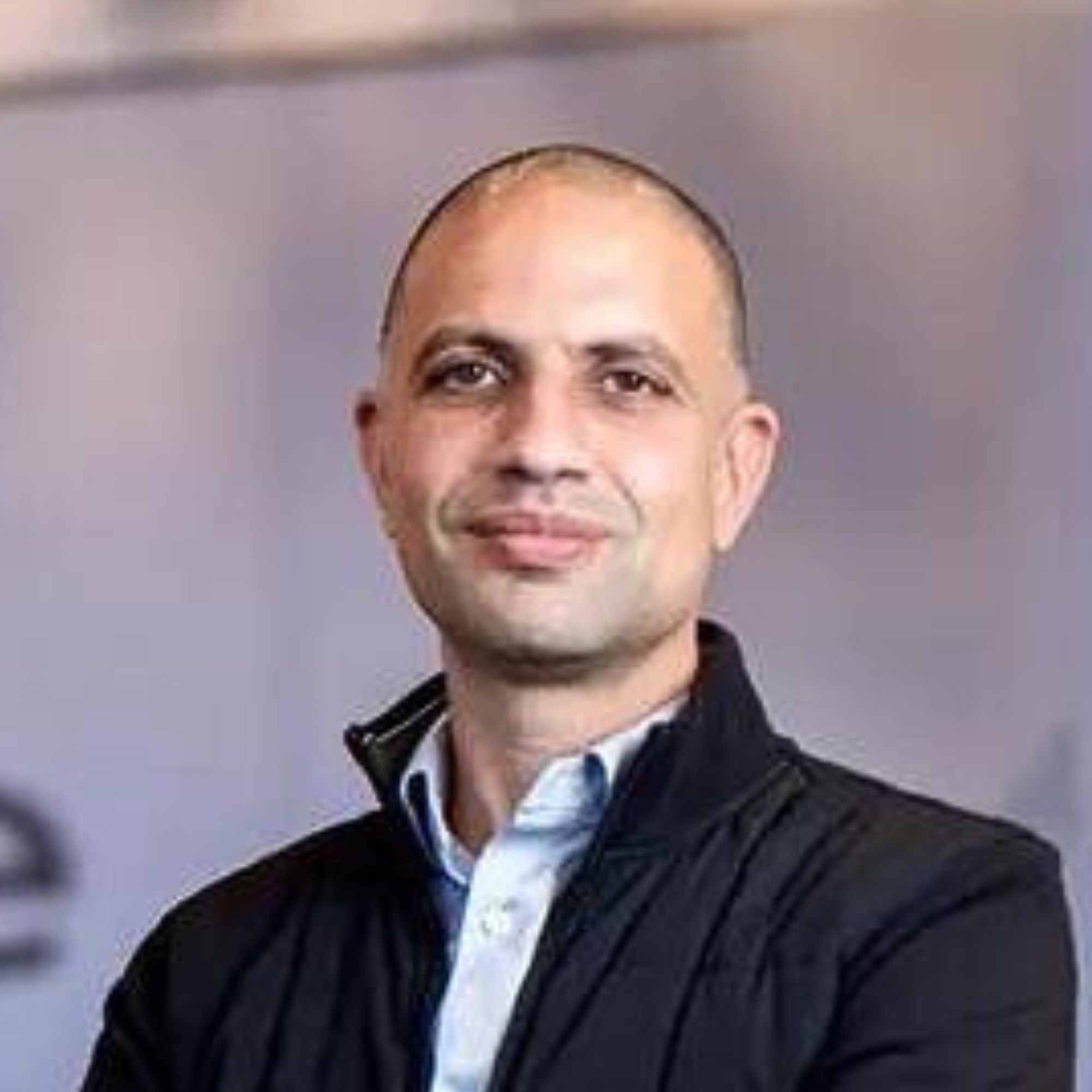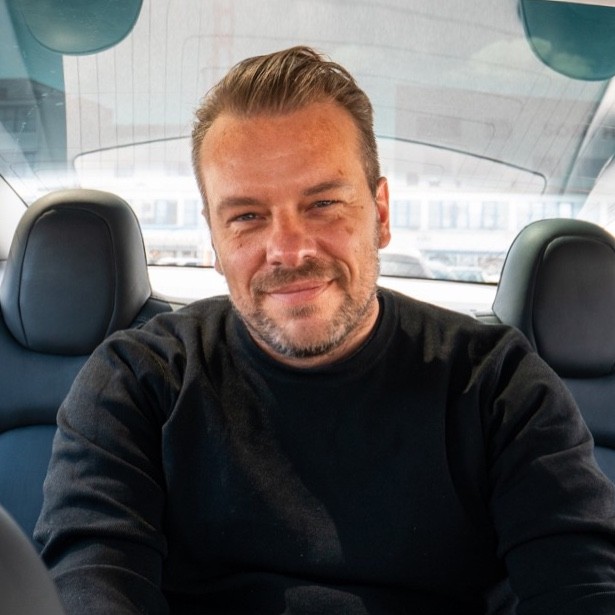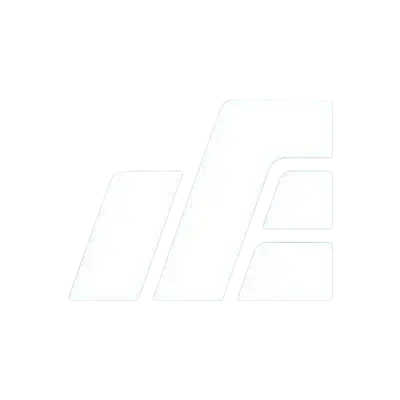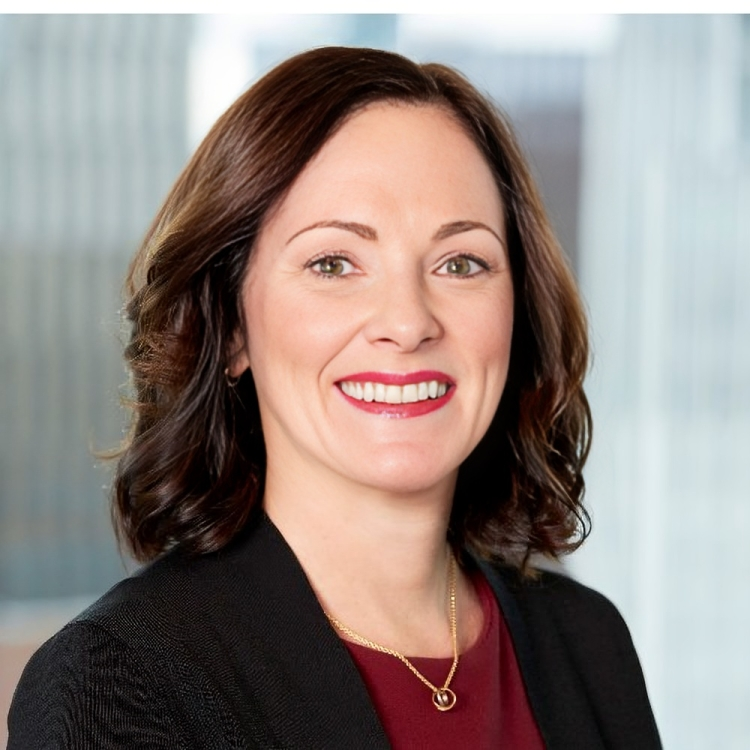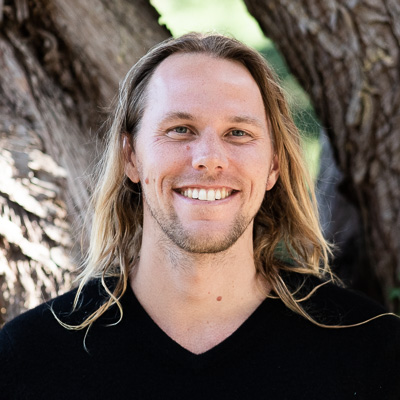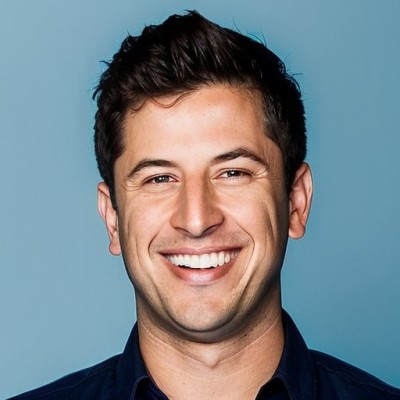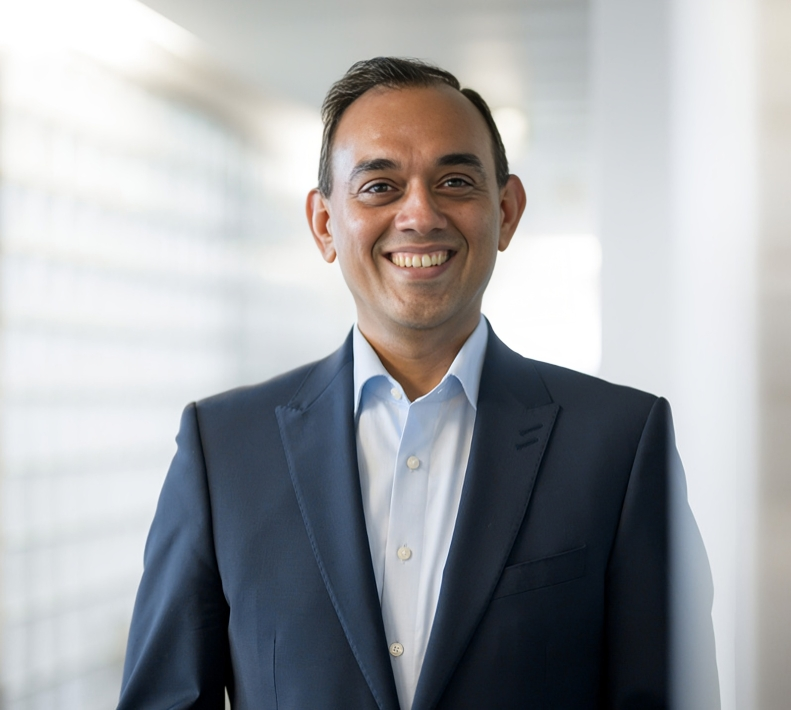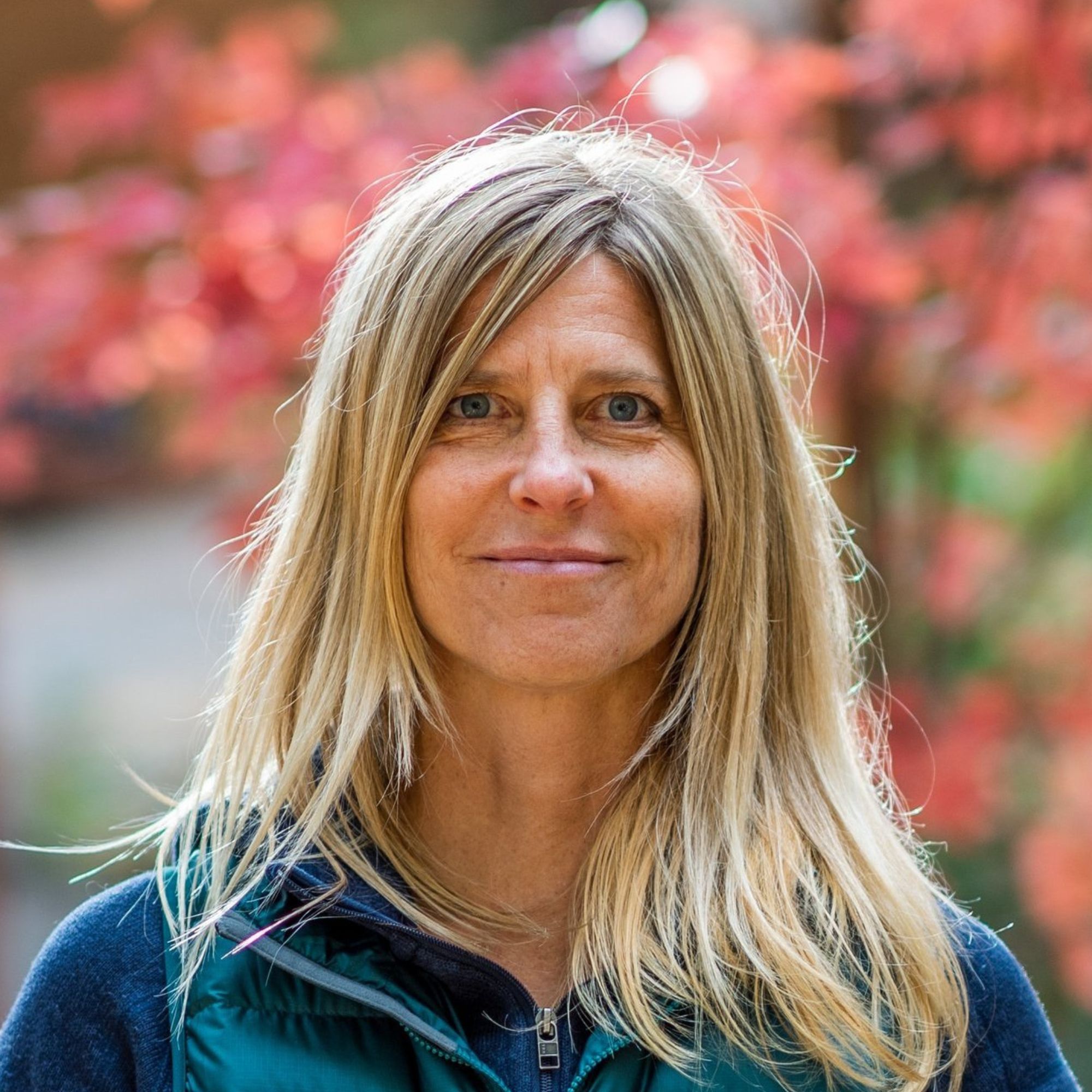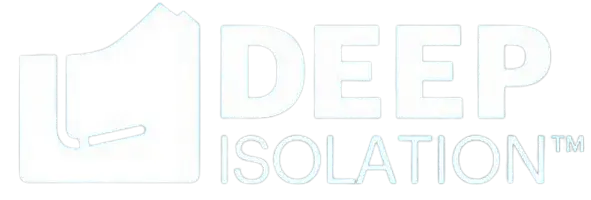Ready to build your own Founder-Led Growth engine? Book a Strategy Call
Frontlines.io | Where B2B Founders Talk GTM.
Strategic Communications Advisory For Visionary Founders
Actionable
Takeaways
Choose industries with structural supply-demand imbalances:
Troy has successfully built three consecutive companies where demand far exceeds supply, eliminating the need for traditional sales teams. He specifically targets infrastructure sectors where "the need is so acute and there aren't that many companies doing it, and the ones that are, the demand exceeds the supply." B2B founders should research industries with massive unmet demand and limited competition, particularly in infrastructure where the barriers to entry are high but the market need is desperate.
Solve regulatory risks early through strategic positioning:
Rather than fighting regulatory battles, Troy transformed EarthGrid into a regulated telecommunications utility, gaining rights to build under public roads in 46 states representing 97% of US GDP. This strategic move eliminated the primary risk factor that kills most infrastructure projects. B2B founders should identify their biggest regulatory or compliance risks early and find creative ways to work within existing frameworks rather than against them.
Build resilience through failure conditioning:
Troy's experience with rock climbing and American Ninja Warrior taught him to "overcome the fear of people looking at you when you might fail" and to "shake it off, get back up and go again." After pitching over 2,000 times with a 97% rejection rate, he learned to treat fundraising as a numbers game rather than personal rejection. B2B founders should actively seek experiences that condition them for repeated failure, whether through athletics, public speaking, or other challenging pursuits that build mental resilience.
Validate demand before building supply:
EarthGrid already has "close to 20,000 potential customer contacts" and over 50 signed letters of intent before fully commercializing their technology. Troy validates market demand through extensive research and customer outreach before investing in full product development. B2B founders should spend significant time understanding their market's pain points and securing early customer commitments before building complex solutions.
Leverage personal capital for strategic advantage:
Troy's ability to "wait to start your company until you have enough money in the bank" prevents short-term financial pressures from forcing poor strategic decisions. His personal investment in EarthGrid (part of the $63 million raised) demonstrates commitment to investors while providing operational flexibility. B2B founders should consider how personal financial runway affects their ability to make optimal long-term decisions rather than being forced into suboptimal short-term choices.
Conversation
Highlights
How EarthGrid Turned Regulatory Nightmares Into Competitive Moats
Most infrastructure entrepreneurs spend decades fighting regulatory battles. Troy Helming decided to become the regulator instead.
In a recent episode of Category Visionaries, Troy Helming, the founder and CEO of EarthGrid shared how he transformed America’s most challenging infrastructure problem into a $63 million venture with an $18 billion commitment from one of the world’s largest sovereign wealth funds.
The problem Troy identified isn’t subtle: “The biggest impediment to the growth of clean, low cost, renewable energy is lack of transmission lines in the United States.” But the scale of regulatory dysfunction he discovered was staggering.
The 15-Year Infrastructure Death March
When Troy asks this as a trivia question, most people guess wrong: “It takes usually an average of 15 years to develop, permit and build a new transmission line.” But the real kicker comes next: “Over 90% of them never get built because NIMBYs and bananas slow or stop the projects.”
This isn’t just bureaucratic inefficiency—it’s systematic market failure. Troy explains the opposition groups as “communities of people that are NIMBYs not in my backyard and bananas build absolutely nothing anywhere near anyone. These are people that don’t want to see progress or they don’t want it around them.”
The financial mechanics create perverse incentives. Projects secure 80, 90, even 99% of required rights-of-way, only to be killed by a single holdout. “Because the opposition, they are well organized and well funded, they can tie these projects up in litigation for years and years, and usually it ends up killing the project,” Troy notes.
For most entrepreneurs, this would signal market impossibility. For Troy, it revealed the exact opposite.
From Problem to Plasma Torches
Troy’s background spans two unicorn companies in renewable energy, giving him front-row seats to infrastructure paralysis. “Having the wind company, which we talked about, which became, you know, a 35 billion dollar division of Enel, the giant utility company. And then after that I started a solar company that did solar farms across 22 states.”
Both ventures crashed into the same transmission bottleneck repeatedly.
The EarthGrid insight emerged in 2016: “When I came up with the idea to use plasma lightsabers to bore tunnels underground quickly and cheaply using electricity and air, I was like, this could be a game changer.”
The technology breakthrough was just the beginning. The real innovation was strategic: underground tunnels could bypass the entire above-ground regulatory nightmare that kills 90% of transmission projects.
The Utility Strategy: Becoming What You Can’t Beat
Rather than fight the regulatory system, Troy made EarthGrid part of it. “Five years ago, Earth Grid, I came up with this idea with my team to become a utility. So Earth Grid is a regulated telecommunications utility.”
This wasn’t corporate theater—it was systematic regulatory arbitrage. “So far, 46 states and counting, that represents 97% of the US GDP and population. And so we kind of have the regulatory thing solved at this point.”
The transformation was complete: “As a Telco, just like AT&T, we can put our tunnel under any public road. Can’t put it under somebody’s house, not without their permission or getting easement from them, but we can put it under any public road with following the process.”
Troy admits the regulatory focus consumed everything initially: “It was probably 90% when I first started the company.” But now? “It’s less than 10% now.”
The 2,000 Pitch Education
Even serial unicorn founders face systematic rejection when building infrastructure companies. Troy’s fundraising metrics reveal the reality: “Over 2,000 pitches and 97% of the time I was either ghosted or told no.”
The volume was relentless: “There were times where I was doing 10, 15, I think the record was 22 Zoom calls in a day shortly after Covid.”
But Troy learned to treat rejection as statistics, not judgment: “Once you start getting some data and you know, okay, I’m going to get, in my case, you know, one out of roughly every 33 times I would pitch, I would get a yes. And so I would track that and I’d be like, okay, this is number 37. I should be getting yes any moment. And it’s just a numbers game at that point.”
The systematic approach removed emotional damage: “Take the emotion out of it, take the rejection out of it. It’s not personal. It’s a numbers game. And you’ll figure out your numbers.”
Demand Creation Through Market Structure
Most B2B founders struggle with demand generation. Troy chose markets where demand structurally exceeds supply: “My last three companies, I’ve picked industries where I knew this was going to be the case. You know, I knew that the product or service was going to be so valuable or the demand was so high that we weren’t going to have to do traditional sales.”
The approach requires deep industry research: “Infrastructure, the need is so acute and there aren’t that many companies doing it, and the ones that are, the demand exceeds the supply. And I knew that going into it researching the industry.”
EarthGrid now faces the opposite problem most startups dream of: “Today we already have a supply problem, not a demand problem. We have close to 20,000 potential customer contacts in our HubSpot CRM.”
From Granite to Grid: Technical Validation
Last week marked a crucial milestone: “For the first time ever, we took our two plasma torch excavator out to the field and dug a 100 foot long, 30 meter long trench in really hard granite.”
The technical achievement was significant: “There’s very few machines in the world that can affordably well, very few machines that can even get through this really hard Sierra granite. And the ones that can, it’s incredibly expensive.”
Troy’s timeline shows systematic progress: “We’ve now commercialized our excavator and our tunnel boring robot should be commercialized by the end of the year.”
The $18 Billion Validation
The Kuwait Investment Authority commitment represents more than capital—it’s sovereign wealth fund validation of the infrastructure thesis. “They’ve committed $18 billion to a joint venture with Earth Grid to build out the North American underground tunnel network for power, fiber and water to improve our infrastructure, which is aging and falling apart.”
The 10-year scope is massive: “10,000 miles, 16,000 kilometers of tunnels that will improve, like I said, power, fiber, water. There’s also room in these tunnels for freight.”
But Troy’s vision extends far beyond utilities: “Eventually, I’d like to see a network of tunnels 20 years from now that are larger, that are moving people around.”
The transportation vision is audacious: “Imagine having a walk from your house and walking less than you walk to the terminal in your airport… And that pod, you know, the app on your phone, you tell it where you want it to take you, and it silently, safely takes you thousand kilometers per hour.”
The Infrastructure Entrepreneur’s Playbook
Troy’s approach offers a template for infrastructure entrepreneurs facing regulatory complexity:
First, research structural market problems thoroughly. Don’t just identify customer pain—understand why the pain persists despite obvious demand.
Second, consider becoming part of the regulatory system rather than fighting it. Sometimes the fastest path through bureaucracy is becoming the bureaucracy.
Third, build financial runway to avoid short-term decision pressure: “Wait to start your company until you have enough money in the bank cash sitting there, that you don’t need to make short term poor decisions.”
Fourth, condition yourself systematically for repeated failure. Troy’s athletic pursuits taught essential resilience: “Learning how to shake it off, get back up and go again, is a really important skill.”
Finally, treat high-volume rejection as statistical inevitability, not personal judgment. Track conversion rates and remove emotion from the process.
EarthGrid’s journey from plasma torch concept to continental infrastructure project reveals how the most challenging regulatory environments can become the strongest competitive moats—if you’re willing to think like a regulator instead of fighting like a startup.







